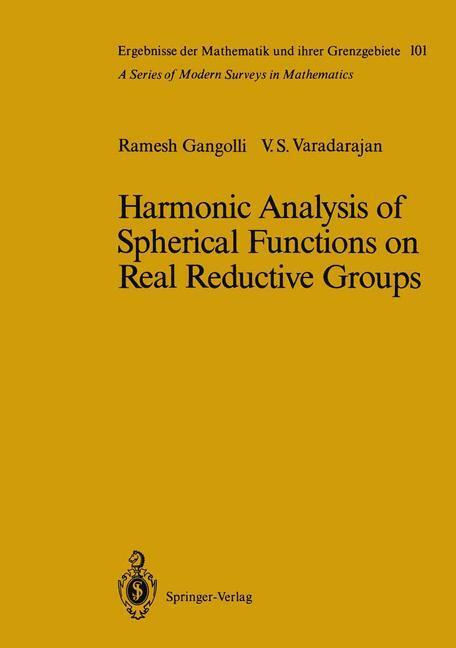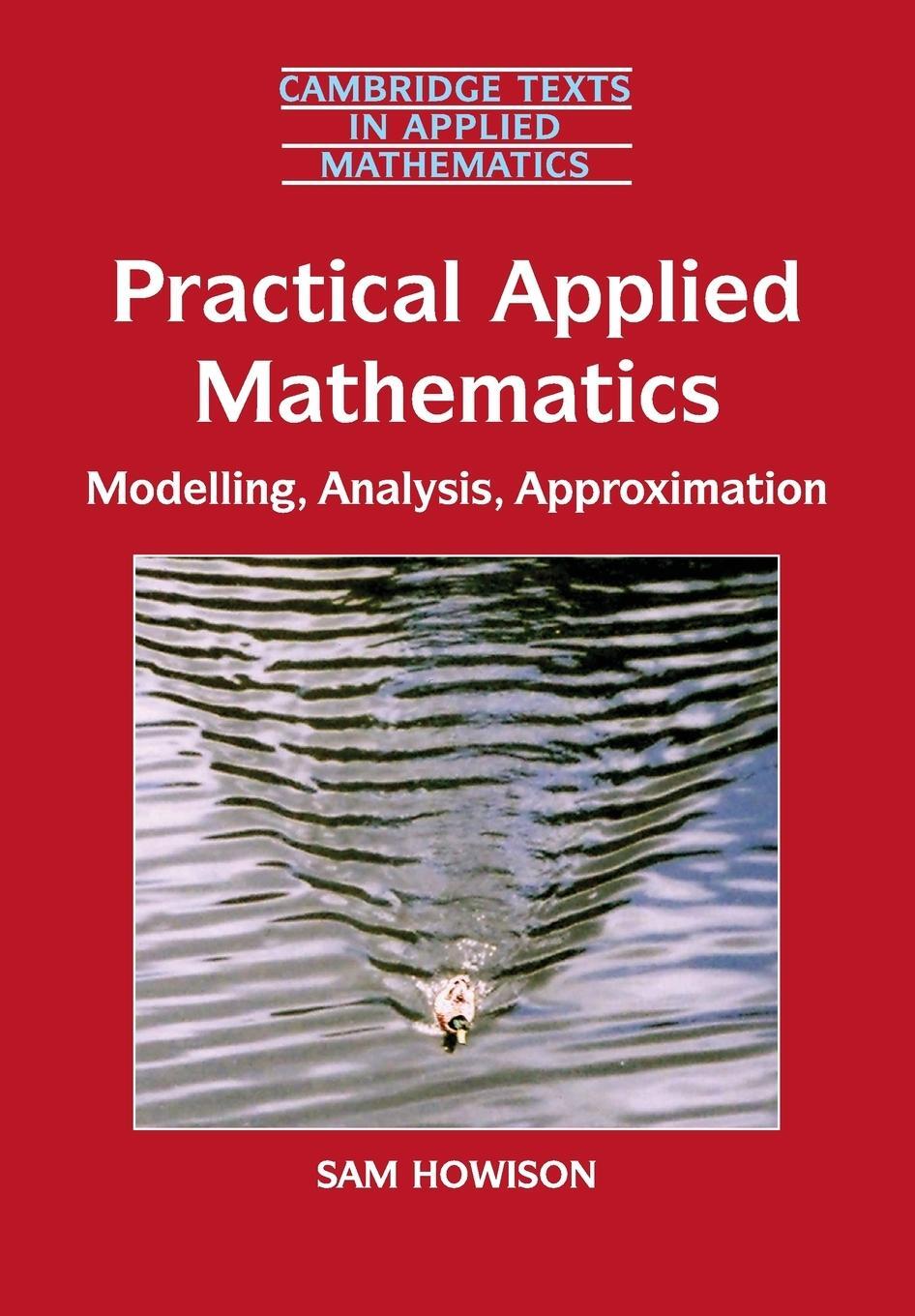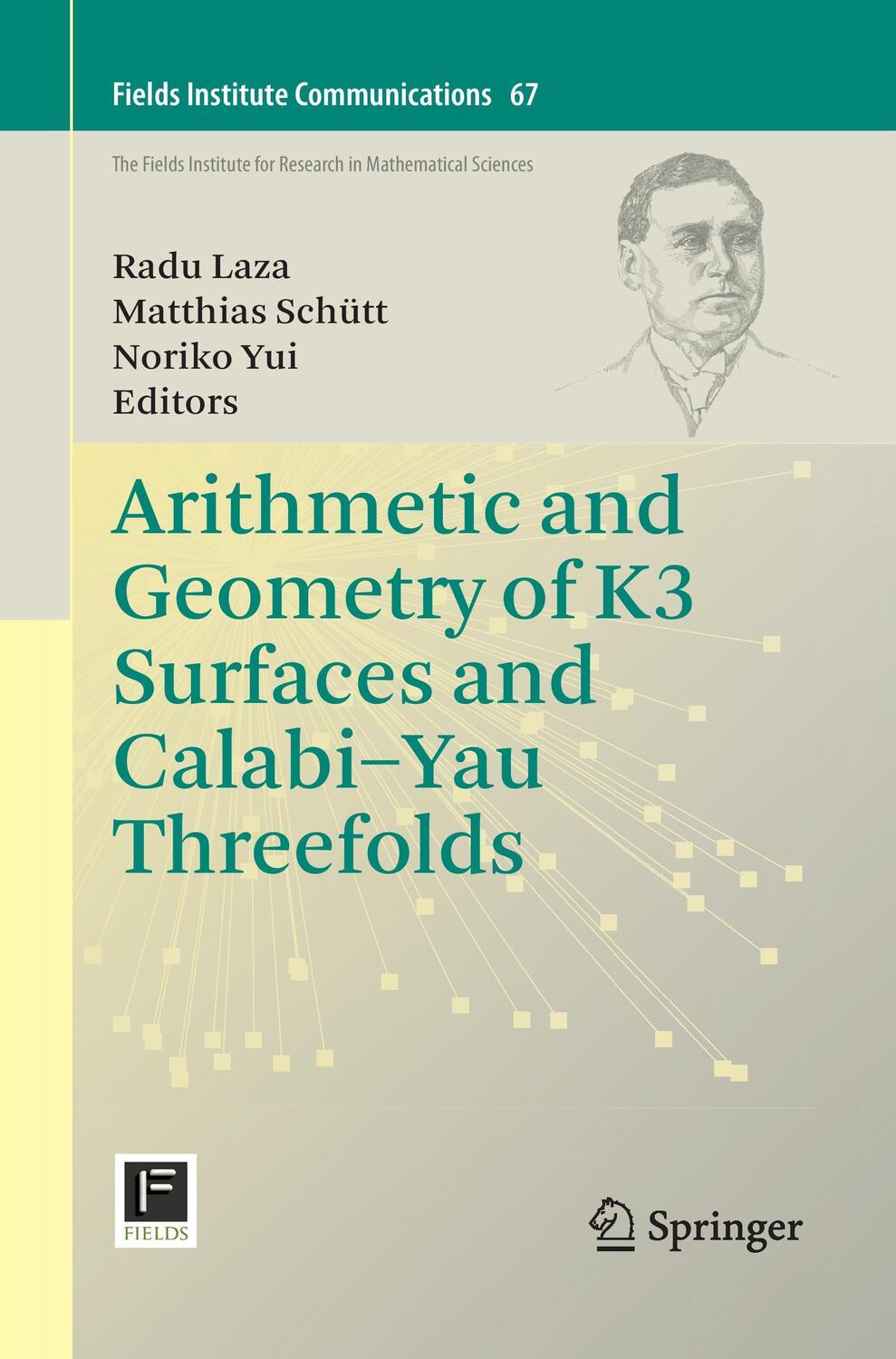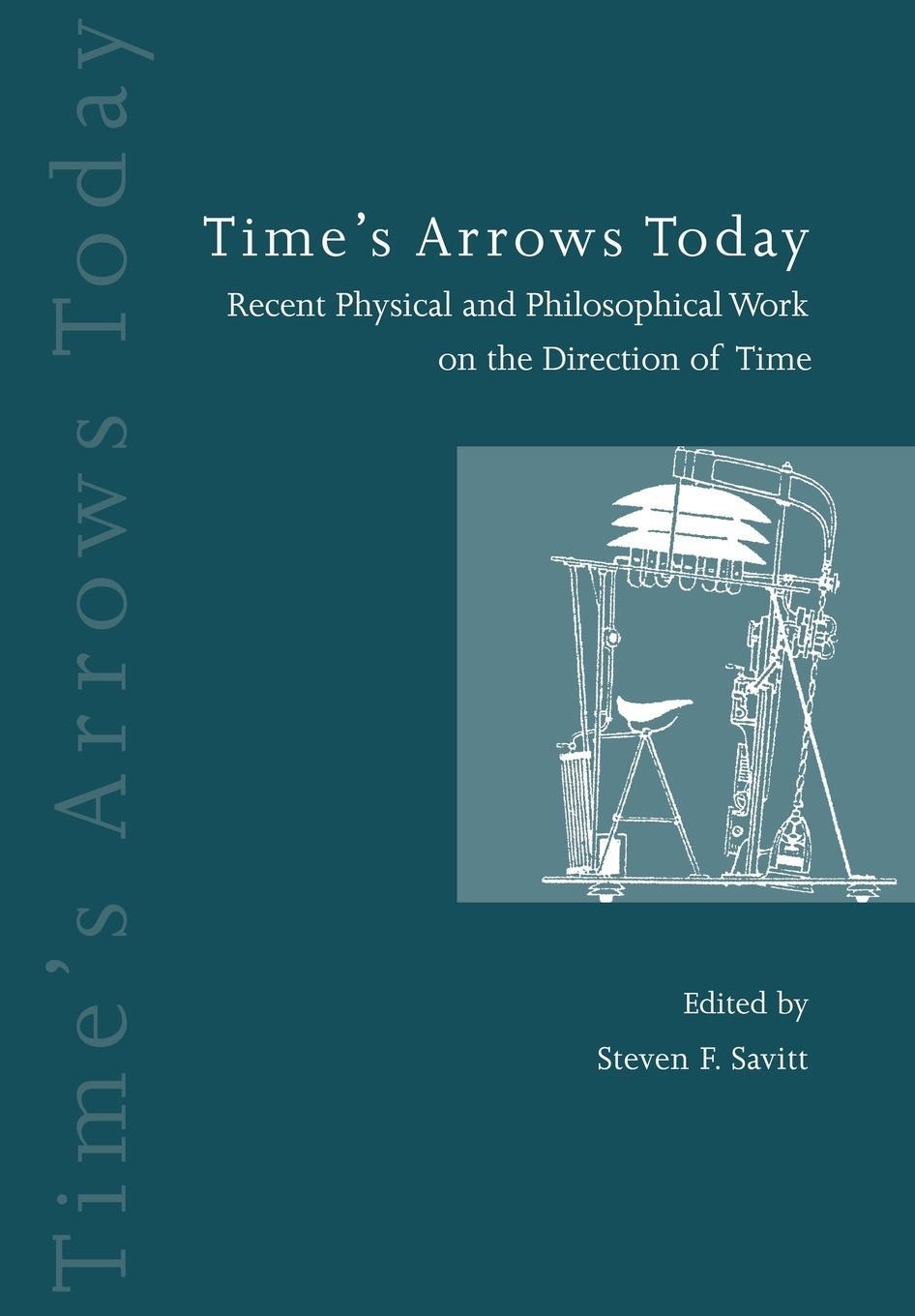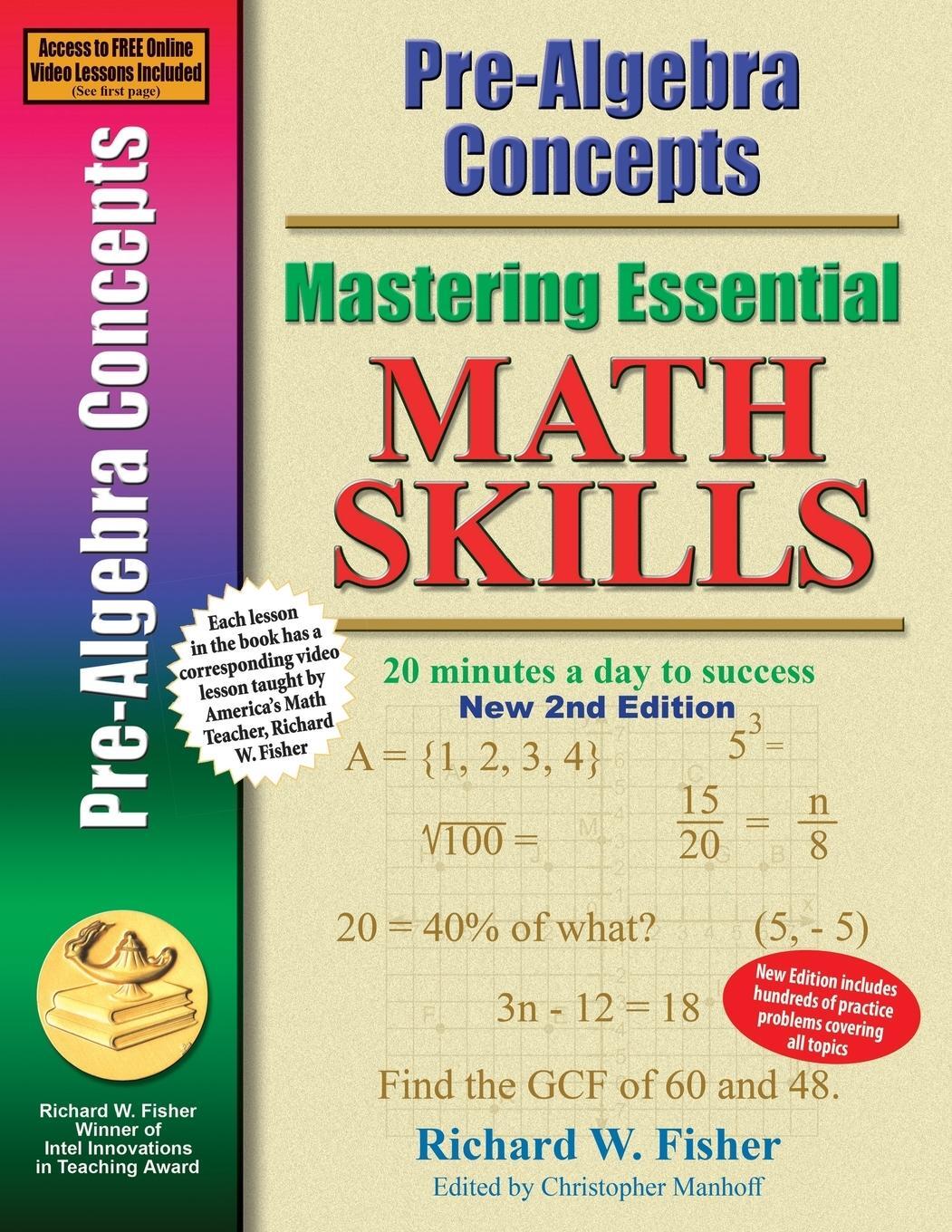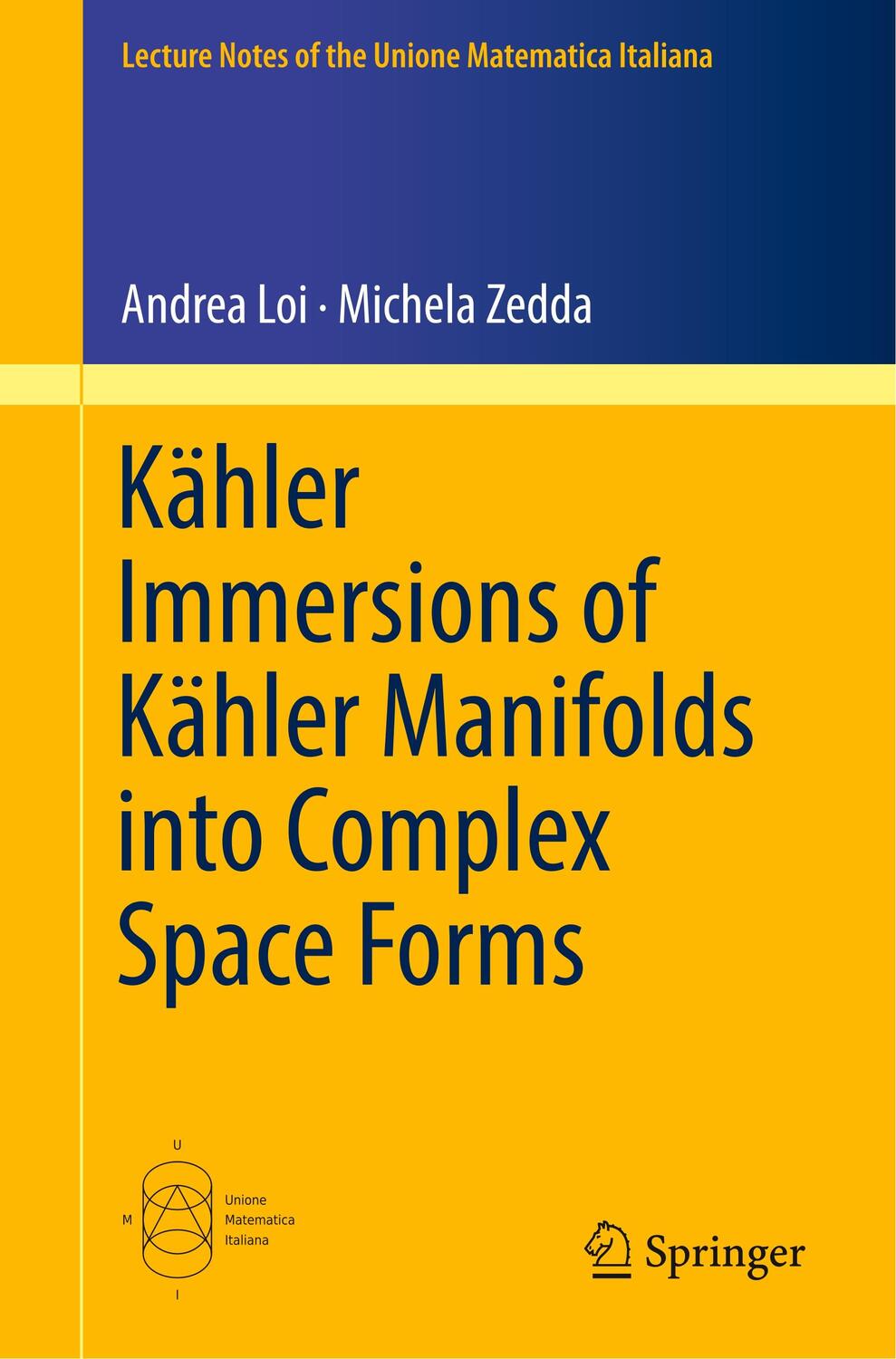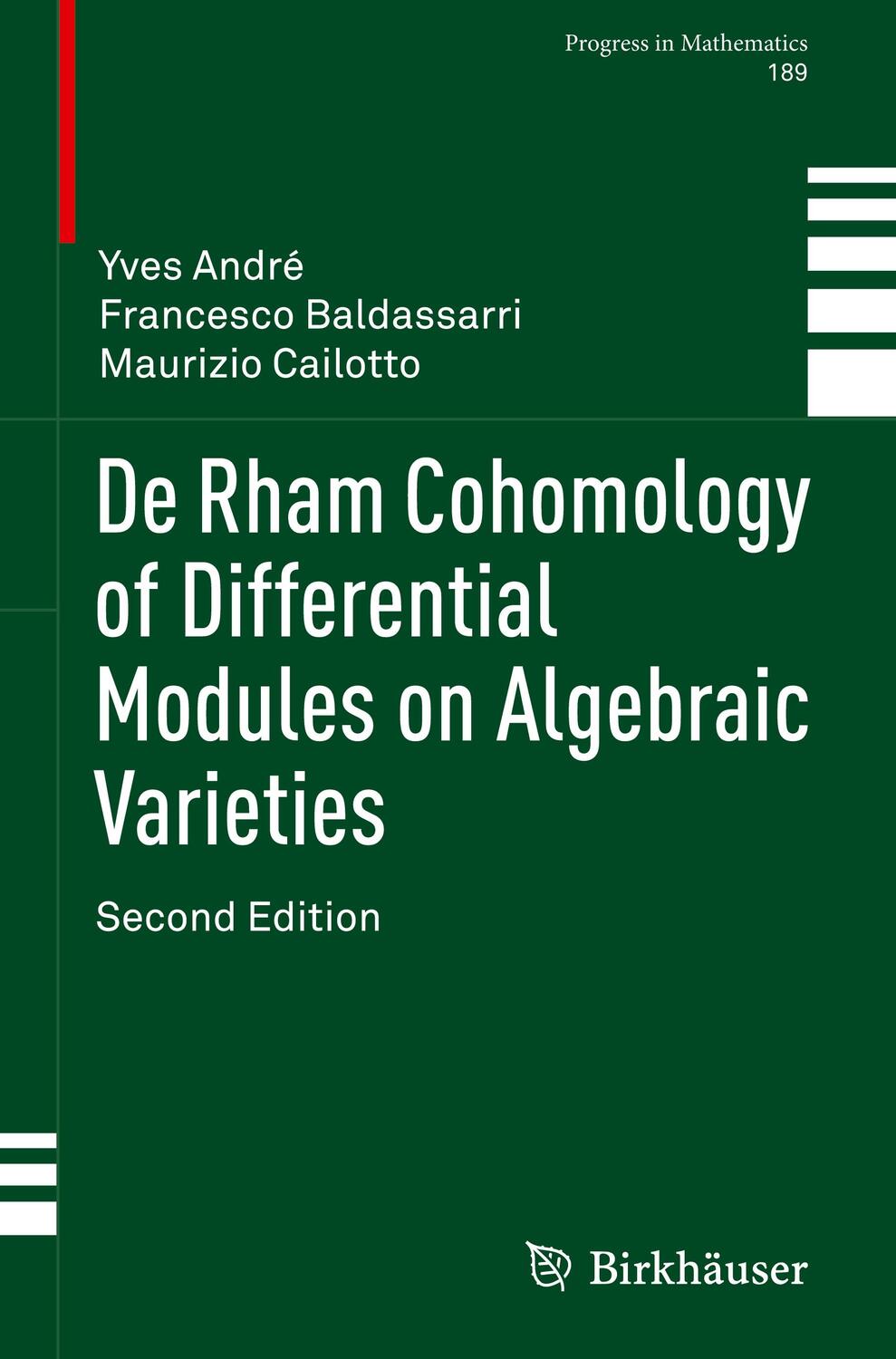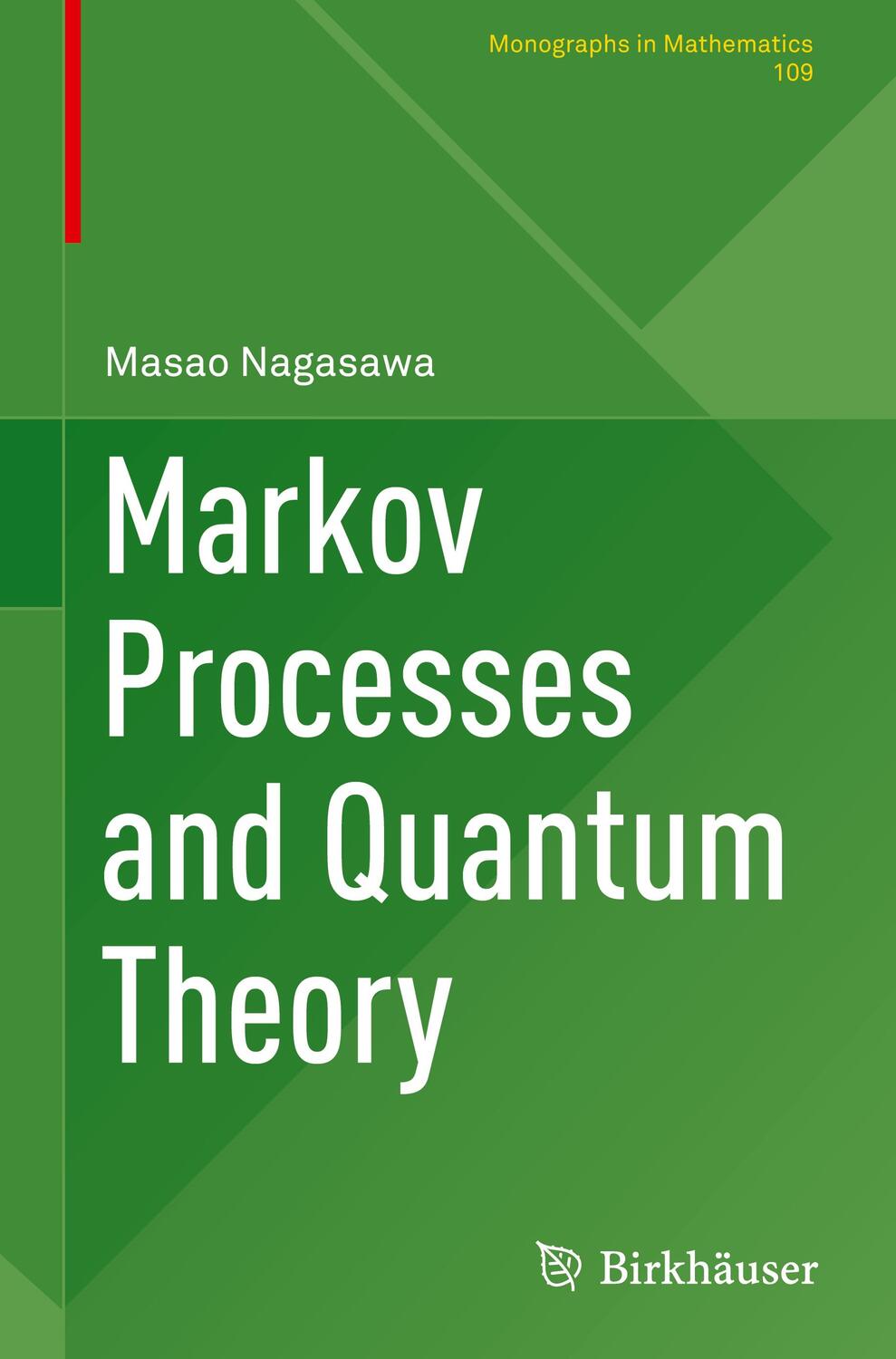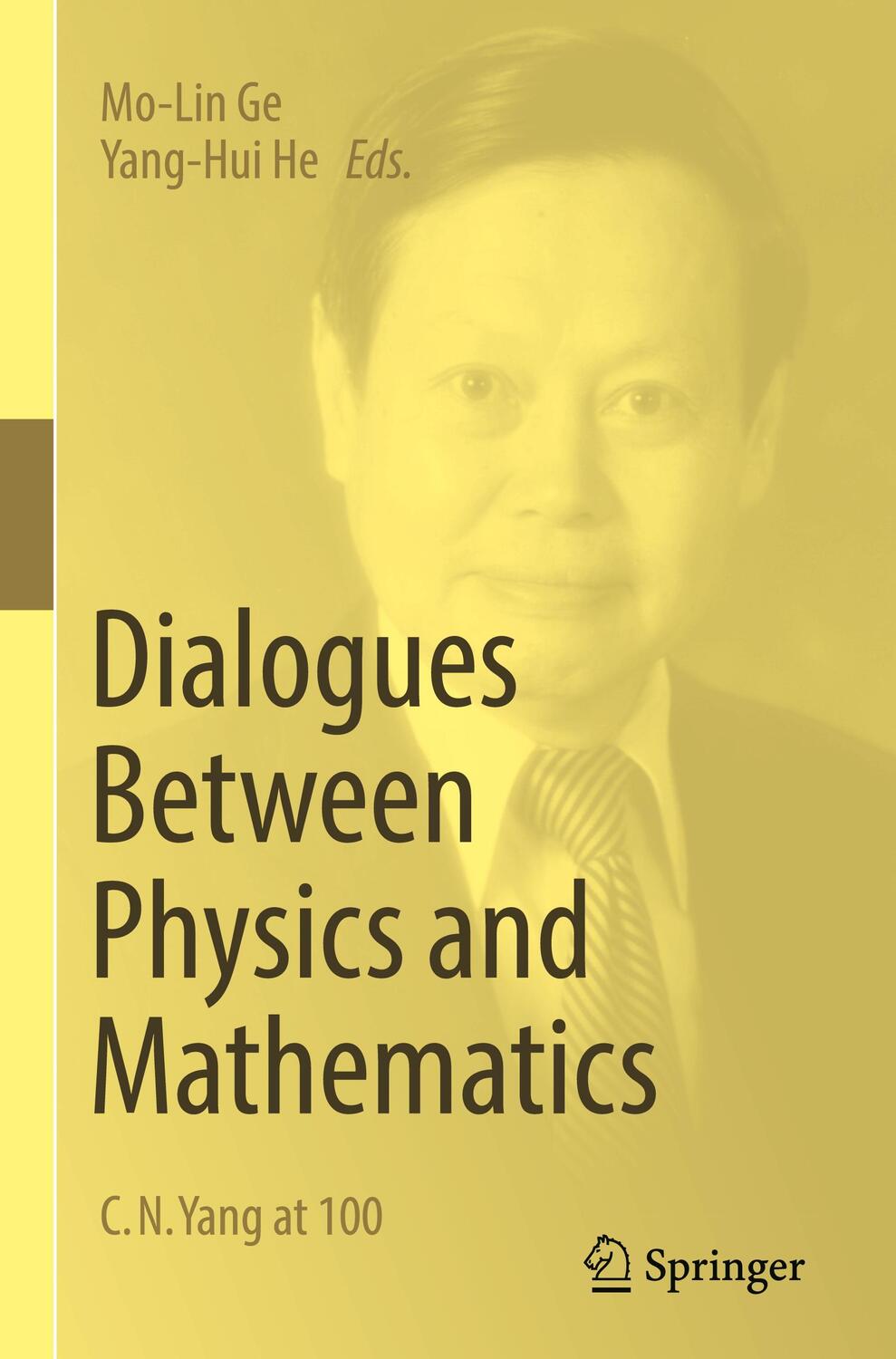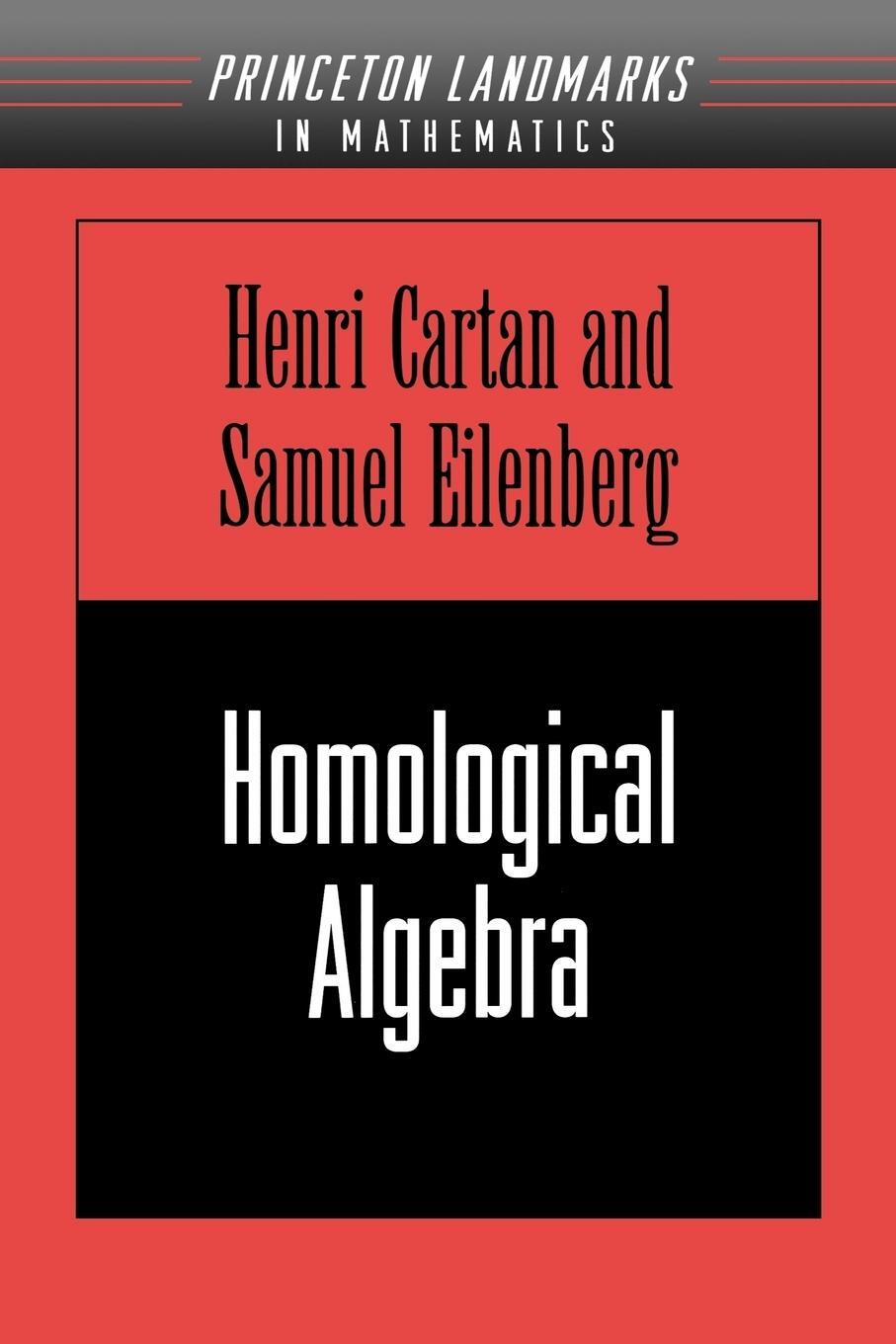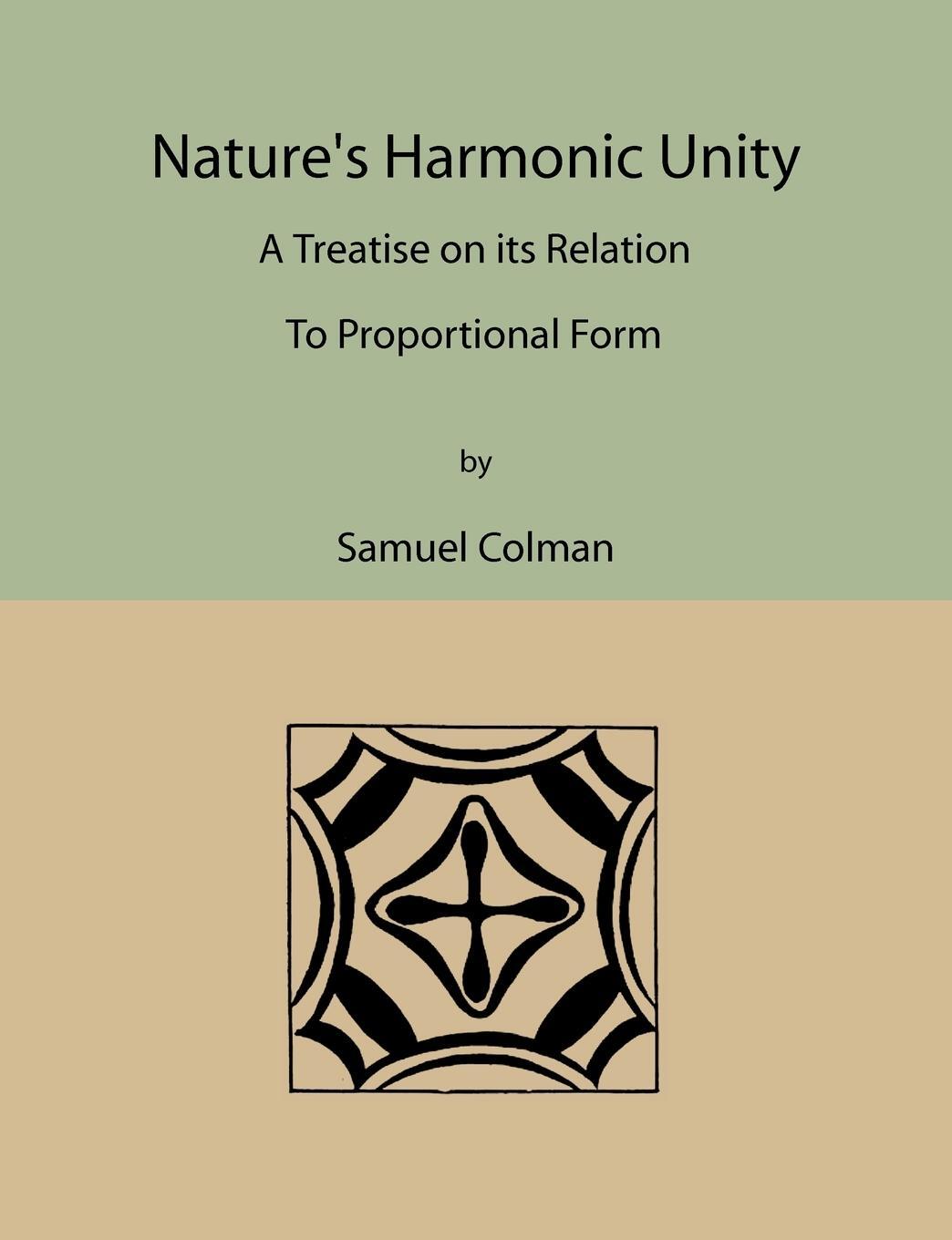Dekorationsartikel gehören nicht zum Leistungsumfang.
Sprache:
Englisch
103,95 €*
Versandkostenfrei per Post / DHL
Lieferzeit 4-7 Werktage
Kategorien:
Beschreibung
Analysis on Symmetric spaces, or more generally, on homogeneous spaces of semisimple Lie groups, is a subject that has undergone a vigorous development in recent years, and has become a central part of contemporary mathematics. This is only to be expected, since homogeneous spaces and group representations arise naturally in diverse contexts ranging from Number theory and Geometry to Particle Physics and Polymer Chemistry. Its explosive growth sometimes makes it difficult to realize that it is actually relatively young as mathematical theories go. The early ideas in the subject (as is the case with many others) go back to Elie Cart an and Hermann Weyl who studied the compact symmetric spaces in the 1930's. However its full development did not begin until the 1950's when Gel'fand and Harish Chandra dared to dream of a theory of representations that included all semisimple Lie groups. Harish-Chandra's theory of spherical functions was essentially complete in the late 1950's, and was to prove to be the forerunner of his monumental work on harmonic analysis on reductive groups that has inspired a whole generation of mathematicians. It is the harmonic analysis of spherical functions on symmetric spaces, that is at the focus of this book. The fundamental questions of harmonic analysis on symmetric spaces involve an interplay of the geometric, analytical, and algebraic aspects of these spaces. They have therefore attracted a great deal of attention, and there have been many excellent expositions of the themes that are characteristic of this subject.
Analysis on Symmetric spaces, or more generally, on homogeneous spaces of semisimple Lie groups, is a subject that has undergone a vigorous development in recent years, and has become a central part of contemporary mathematics. This is only to be expected, since homogeneous spaces and group representations arise naturally in diverse contexts ranging from Number theory and Geometry to Particle Physics and Polymer Chemistry. Its explosive growth sometimes makes it difficult to realize that it is actually relatively young as mathematical theories go. The early ideas in the subject (as is the case with many others) go back to Elie Cart an and Hermann Weyl who studied the compact symmetric spaces in the 1930's. However its full development did not begin until the 1950's when Gel'fand and Harish Chandra dared to dream of a theory of representations that included all semisimple Lie groups. Harish-Chandra's theory of spherical functions was essentially complete in the late 1950's, and was to prove to be the forerunner of his monumental work on harmonic analysis on reductive groups that has inspired a whole generation of mathematicians. It is the harmonic analysis of spherical functions on symmetric spaces, that is at the focus of this book. The fundamental questions of harmonic analysis on symmetric spaces involve an interplay of the geometric, analytical, and algebraic aspects of these spaces. They have therefore attracted a great deal of attention, and there have been many excellent expositions of the themes that are characteristic of this subject.
Inhaltsverzeichnis
1. The Concept of a Spherical Function.- § 1.1. Review of Some Basic Notions of Representation Theory.- § 1.2. Decomposition of a Representation with Respect to a Compact Subgroup K and K-finite Representations.- § 1.3. Elementary Spherical Functions of Arbitrary Type.- § 1.4. Spherical Functions on Lie Groups.- § 1.5. Gel'fand Pairs (G, K).- § 1.6. Plancherel Formula for G/K.- § 1.7. Eigenfunction Expansions in G/K.- Notes on Chapter 1.- 2. Structure of Semisimple Lie Groups and Differential Operators on Them.- § 2.1. Groups of Class ?.- § 2.2. Iwasawa Decomposition. Roots. Weyl Group.- § 2.3. Parabolic Subalgebras and Parabolic Subgroups.- § 2.4. Integral Formulae.- § 2.5. Flag Manifolds, Bruhat Decomposition and Related Integral Formulae.- § 2.6. Differential Operators on G and G/K.- Notes on Chapter 2.- 3. The Elementary Spherical Functions.- § 3.1. Principal Series Representations and Integral Representations for Their Matrix Coefficients.- § 3.2. Determination of All Elementary Spherical Functions. The Functional Equations.- § 3.3. The Harish-Chandra Transform.- § 3.4. Finite Dimensional Representation Theory of G and Its Consequences for the H-Function and the Elementary Spherical Functions.- § 3.5. Convexity Properties of the H-Function.- Notes on Chapter 3.- 4. The Harish-Chandra Series for ?? and the c-Function.- §4.1. Radial Components of Spherical Differential Operators on A+.- § 4.2. The Radial Component of the Casimir Operator.- § 4.3. Construction of the Eigenfunctions on G+.- § 4.4. The Harish-Chandra Series for ?? and the c-Function.- § 4.5. Estimates for the Harish-Chandra Series When ? Becomes Unbounded.- § 4.6. Estimates for the Elementary Spherical Functions. The Functions ? and ?.- § 4.7. The c-Function.- Noteson Chapter 4.- 5. Asymptotic Behaviour of Elementary Spherical Functions.- § 5.1. The Case When rk(G/K) =1.- § 5.2. The Basic Differential Equations Viewed as a Perturbation of a Linear System: The Regular Case.- § 5.3. Radial Components on M10? and M10+.- § 5.4. The Basic Differential Equations Viewed as a Perturbation of a Linear System: The General Case.- § 5.5. Spectral Theory of Representations of Polynomial Rings Associated to Finite Reflexion Groups.- § 5.6. The Initial Estimates.- § 5.7. Perturbations of Linear Systems (with A Priori Estimates).- § 5.8. Asymptotics of ?0(?:·) on M10+. The Function ?.- § 5.9. Asymptotics of ?(?:·).- § 5.10. Complements. Constant Term for Tempered ?-Finite Functions.- Notes on Chapter 5.- 6. The L2-Theory. The Harish-Chandra Transform on the Schwartz Space of G//K.- § 6.1. The Schwartz Spaces C(G) and C(G//K).- § 6.2. The Harish-Chandra Transform on C(G//K).- § 6.3. Wave Packets in C(G//K).- § 6.4. Statements of the Main Theorems.- § 6.5. The Method of Harish-Chandra.- § 6.6. The Method of Gangolli-Helgason-Rosenberg.- Notes on Chapter 6.- 7. Lp-Theory of Harish-Chandra Transform. Fourier Analysis on the Spaces Cp(G//K).- §7.1. Radial Components and Their Expansions.- § 7.2. The Differential Equations, Initial Estimates, and the Approximating Sequence.- § 7.3. Expressions for ?0 - ?n0, ?n0 - ?n-10, and Estimates for ?0 - exp(?0)?n0.- § 7.4. Further Study of the ?n0. The Matrices ?q.- § 7.5. The Functions ?q.- § 7.6. Asymptotic Expansions for ??.- § 7.7. The Tube Domains ??, *?? and the Function Spaces ?(??), ?(??).- § 7.8. The Spaces Cp(G//K).- § 7.9. Study of the Functions ?q.- § 7.10. Wave Packets and the Transform Theory for Cp(G//K).- Notes on Chapter 7.
Details
| Erscheinungsjahr: | 2011 |
|---|---|
| Fachbereich: | Arithmetik & Algebra |
| Genre: | Mathematik |
| Rubrik: | Naturwissenschaften & Technik |
| Medium: | Taschenbuch |
| Seiten: | 388 |
| Reihe: | Ergebnisse der Mathematik und ihrer Grenzgebiete. 2. Folge |
| Inhalt: |
xiv
365 S. |
| ISBN-13: | 9783642729584 |
| ISBN-10: | 3642729584 |
| Sprache: | Englisch |
| Ausstattung / Beilage: | Paperback |
| Einband: | Kartoniert / Broschiert |
| Autor: |
Varadarajan, Veeravalli S.
Gangolli, Ramesh |
| Auflage: | Softcover reprint of the original 1st ed. 1988 |
| Hersteller: |
Springer-Verlag GmbH
Springer Berlin Heidelberg Ergebnisse der Mathematik und ihrer Grenzgebiete. 2. Folge |
| Maße: | 242 x 170 x 21 mm |
| Von/Mit: | Veeravalli S. Varadarajan (u. a.) |
| Erscheinungsdatum: | 16.12.2011 |
| Gewicht: | 0,662 kg |
Inhaltsverzeichnis
1. The Concept of a Spherical Function.- § 1.1. Review of Some Basic Notions of Representation Theory.- § 1.2. Decomposition of a Representation with Respect to a Compact Subgroup K and K-finite Representations.- § 1.3. Elementary Spherical Functions of Arbitrary Type.- § 1.4. Spherical Functions on Lie Groups.- § 1.5. Gel'fand Pairs (G, K).- § 1.6. Plancherel Formula for G/K.- § 1.7. Eigenfunction Expansions in G/K.- Notes on Chapter 1.- 2. Structure of Semisimple Lie Groups and Differential Operators on Them.- § 2.1. Groups of Class ?.- § 2.2. Iwasawa Decomposition. Roots. Weyl Group.- § 2.3. Parabolic Subalgebras and Parabolic Subgroups.- § 2.4. Integral Formulae.- § 2.5. Flag Manifolds, Bruhat Decomposition and Related Integral Formulae.- § 2.6. Differential Operators on G and G/K.- Notes on Chapter 2.- 3. The Elementary Spherical Functions.- § 3.1. Principal Series Representations and Integral Representations for Their Matrix Coefficients.- § 3.2. Determination of All Elementary Spherical Functions. The Functional Equations.- § 3.3. The Harish-Chandra Transform.- § 3.4. Finite Dimensional Representation Theory of G and Its Consequences for the H-Function and the Elementary Spherical Functions.- § 3.5. Convexity Properties of the H-Function.- Notes on Chapter 3.- 4. The Harish-Chandra Series for ?? and the c-Function.- §4.1. Radial Components of Spherical Differential Operators on A+.- § 4.2. The Radial Component of the Casimir Operator.- § 4.3. Construction of the Eigenfunctions on G+.- § 4.4. The Harish-Chandra Series for ?? and the c-Function.- § 4.5. Estimates for the Harish-Chandra Series When ? Becomes Unbounded.- § 4.6. Estimates for the Elementary Spherical Functions. The Functions ? and ?.- § 4.7. The c-Function.- Noteson Chapter 4.- 5. Asymptotic Behaviour of Elementary Spherical Functions.- § 5.1. The Case When rk(G/K) =1.- § 5.2. The Basic Differential Equations Viewed as a Perturbation of a Linear System: The Regular Case.- § 5.3. Radial Components on M10? and M10+.- § 5.4. The Basic Differential Equations Viewed as a Perturbation of a Linear System: The General Case.- § 5.5. Spectral Theory of Representations of Polynomial Rings Associated to Finite Reflexion Groups.- § 5.6. The Initial Estimates.- § 5.7. Perturbations of Linear Systems (with A Priori Estimates).- § 5.8. Asymptotics of ?0(?:·) on M10+. The Function ?.- § 5.9. Asymptotics of ?(?:·).- § 5.10. Complements. Constant Term for Tempered ?-Finite Functions.- Notes on Chapter 5.- 6. The L2-Theory. The Harish-Chandra Transform on the Schwartz Space of G//K.- § 6.1. The Schwartz Spaces C(G) and C(G//K).- § 6.2. The Harish-Chandra Transform on C(G//K).- § 6.3. Wave Packets in C(G//K).- § 6.4. Statements of the Main Theorems.- § 6.5. The Method of Harish-Chandra.- § 6.6. The Method of Gangolli-Helgason-Rosenberg.- Notes on Chapter 6.- 7. Lp-Theory of Harish-Chandra Transform. Fourier Analysis on the Spaces Cp(G//K).- §7.1. Radial Components and Their Expansions.- § 7.2. The Differential Equations, Initial Estimates, and the Approximating Sequence.- § 7.3. Expressions for ?0 - ?n0, ?n0 - ?n-10, and Estimates for ?0 - exp(?0)?n0.- § 7.4. Further Study of the ?n0. The Matrices ?q.- § 7.5. The Functions ?q.- § 7.6. Asymptotic Expansions for ??.- § 7.7. The Tube Domains ??, *?? and the Function Spaces ?(??), ?(??).- § 7.8. The Spaces Cp(G//K).- § 7.9. Study of the Functions ?q.- § 7.10. Wave Packets and the Transform Theory for Cp(G//K).- Notes on Chapter 7.
Details
| Erscheinungsjahr: | 2011 |
|---|---|
| Fachbereich: | Arithmetik & Algebra |
| Genre: | Mathematik |
| Rubrik: | Naturwissenschaften & Technik |
| Medium: | Taschenbuch |
| Seiten: | 388 |
| Reihe: | Ergebnisse der Mathematik und ihrer Grenzgebiete. 2. Folge |
| Inhalt: |
xiv
365 S. |
| ISBN-13: | 9783642729584 |
| ISBN-10: | 3642729584 |
| Sprache: | Englisch |
| Ausstattung / Beilage: | Paperback |
| Einband: | Kartoniert / Broschiert |
| Autor: |
Varadarajan, Veeravalli S.
Gangolli, Ramesh |
| Auflage: | Softcover reprint of the original 1st ed. 1988 |
| Hersteller: |
Springer-Verlag GmbH
Springer Berlin Heidelberg Ergebnisse der Mathematik und ihrer Grenzgebiete. 2. Folge |
| Maße: | 242 x 170 x 21 mm |
| Von/Mit: | Veeravalli S. Varadarajan (u. a.) |
| Erscheinungsdatum: | 16.12.2011 |
| Gewicht: | 0,662 kg |
Warnhinweis

